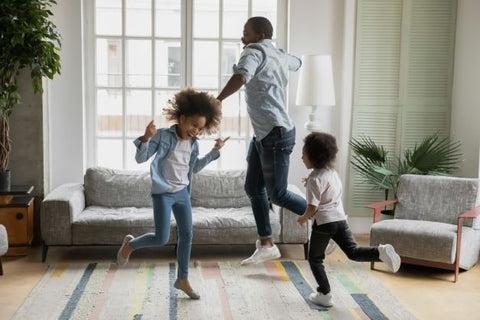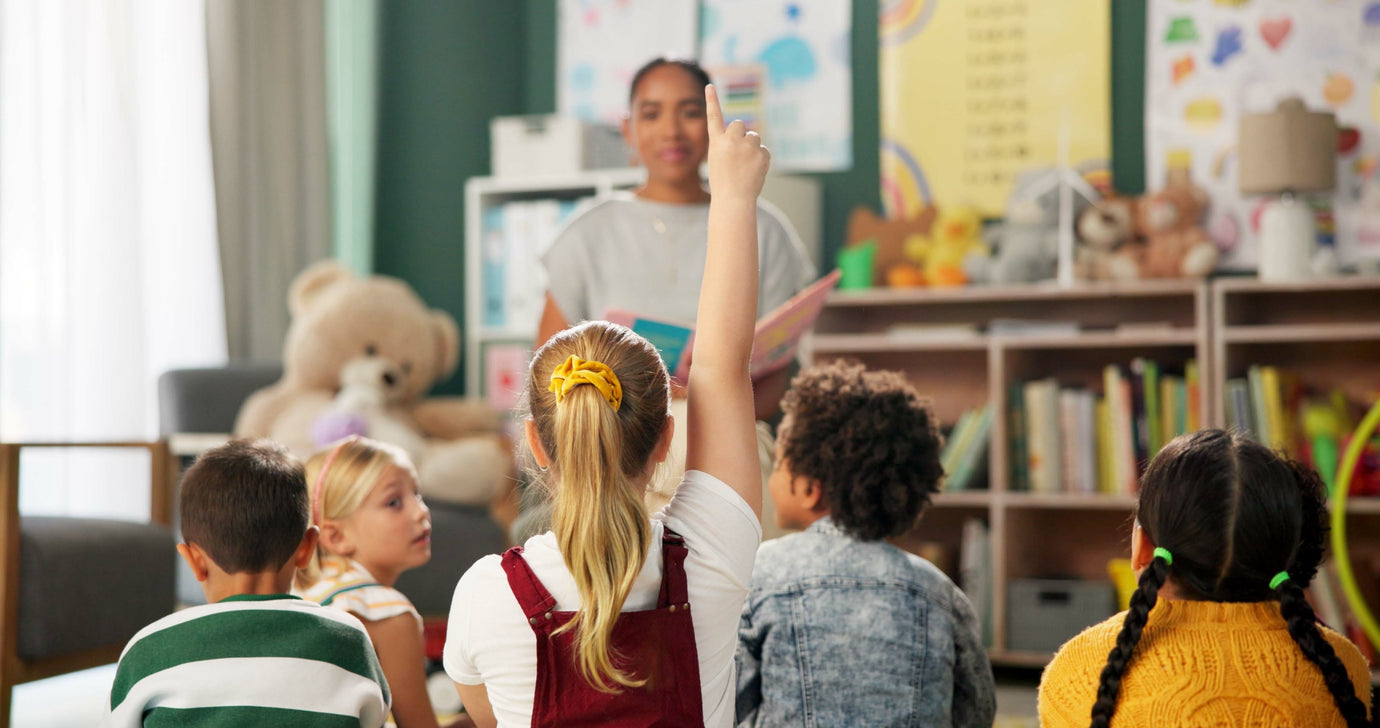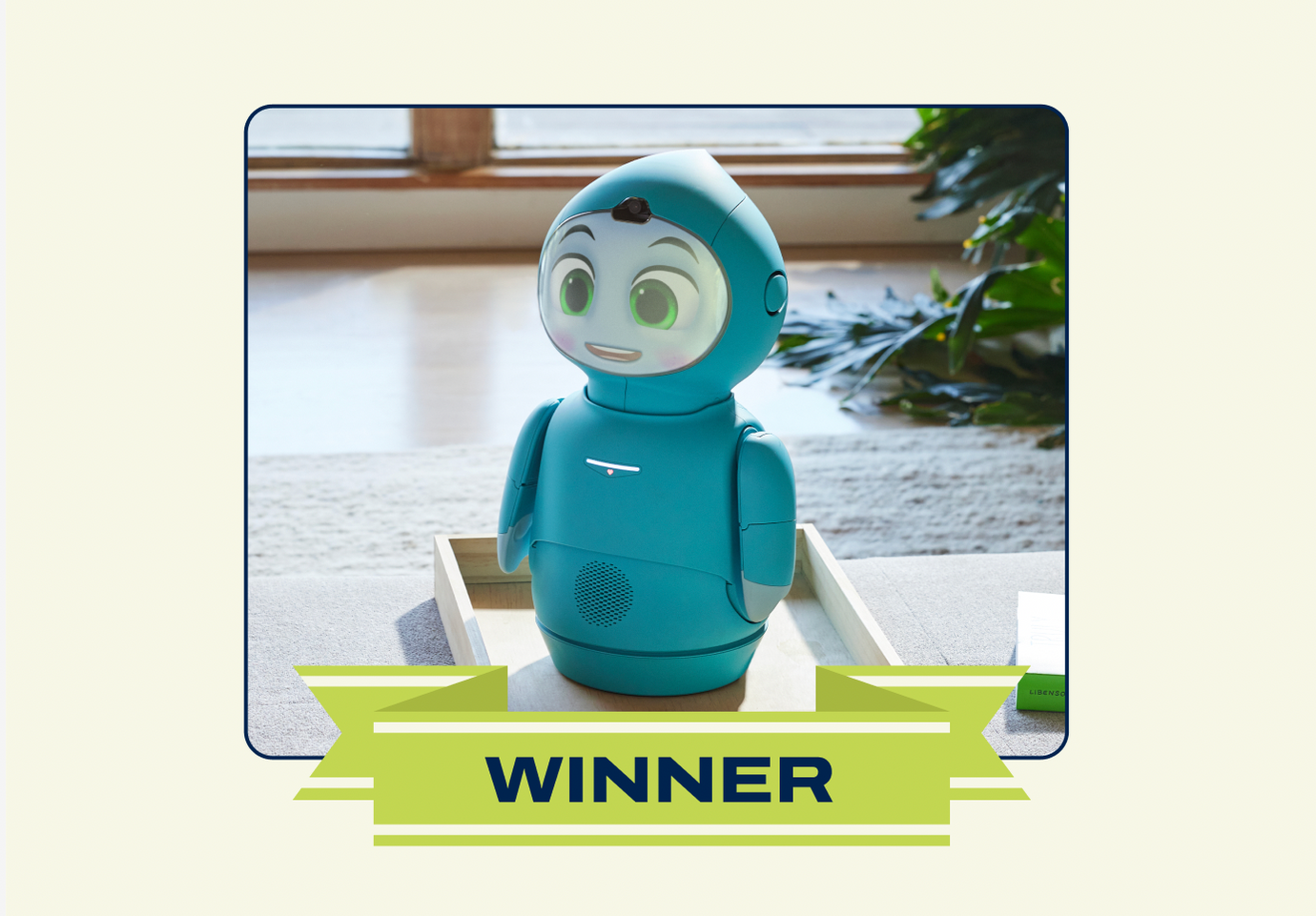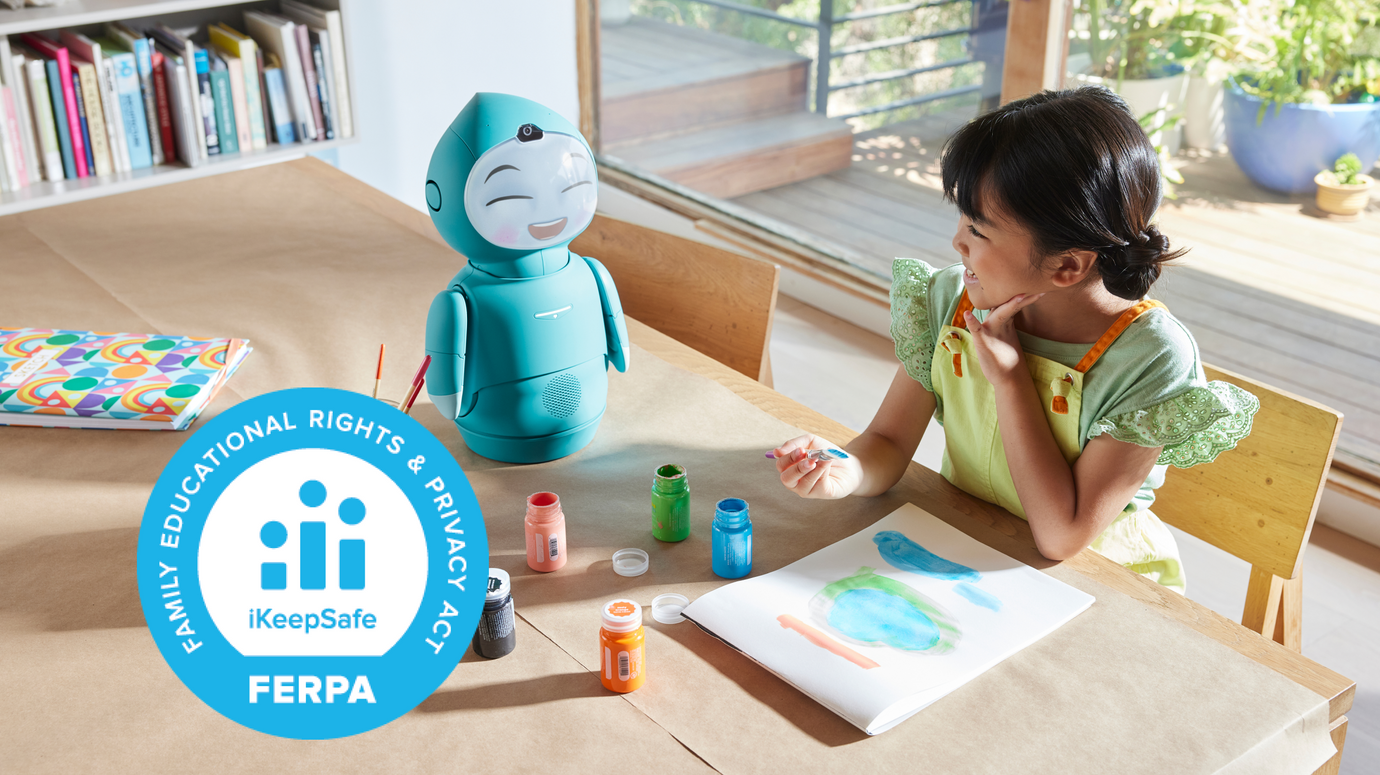Guided Meditations for Child Anxiety
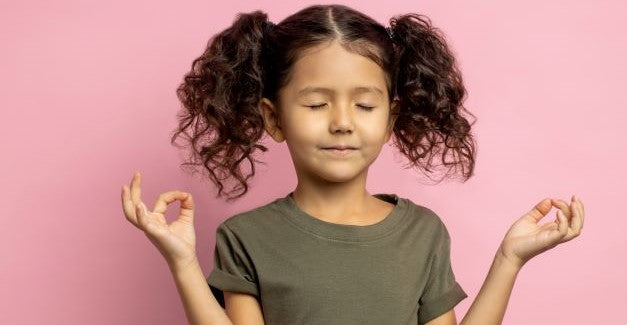
Guided Meditations for Child Anxiety
Anxiety is a common feeling that from an evolutionary perspective serves the purpose of keeping us safe and well when our bodies feel endangered. Anxiety is helpful and even necessary in some situations. But in the day-to-day when we’re just going about our lives, worrying about things that are beyond our control can be disruptive, painful, and harmful to our overall quality of life.
Kids are people, and as such they experience all the emotions that adults do, often at higher volumes as they may not have mastered the art of self-regulation (this is of course a life-long practice.) So when children experience anxiety or fear or stress, it can take over their imagination and make navigating life a real challenge.
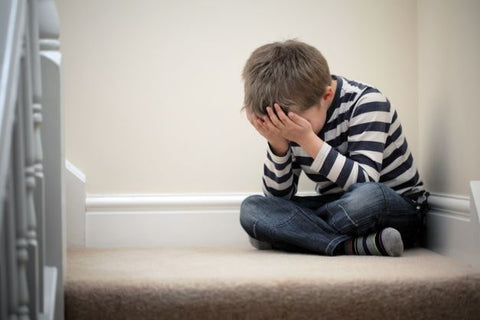
Thankfully, like adults, kids can be taught coping mechanisms that will help them to manage anxiety and stay present. Mindfulness exercises like guided meditations can allow children to work through their worries and relax into a calmer state of being.
Benefits of guided meditations for kids with anxiety
Science has proven that meditation can provide palpable support to children and adults alike who suffer from anxiety. From improved sleep to lowered blood pressure, our bodies respond astoundingly well to an intentional practice wherein we sit and listen – both to ourselves, and to the world around us.
With guided meditation, you can take a more active hand in re-storying some of the anxieties your children may be having. Especially if your kid’s anxiety stems from a specific phobia or scenario, a guided meditation can help to transform some of those anxiety-inducing narratives and let your child feel like they have a little more control.
Let’s dive a little deeper and look at some of the guided meditations you can engage for your child’s wellbeing.
Types of meditations for kids anxiety
Generalized Anxiety Disorder is a common diagnosis that describes an ever-present baseline of unfocused worry. If this is what your child is experiencing, there are a number of meditations that combine visualization, thought pattern recognition, and breathing exercises you might offer that can help to soothe their nervous system.
More specific anxious focuses may require more specific interventions if they are to be effectively soothed. What works best for your child will also depend on what their needs are and how best they cope with stress and worry.
The types of meditation you have at your disposal include:
Best meditation for child stress
Stress is often something we experience in our physical bodies, and so alleviating stress sometimes calls for a technique that involves the body as well as the mind – like this kid-friendly breathing meditation for mindfulness and anxiety.
When we’re stressed, our blood pressure rises, our hearts beat faster and our mind can start to race with all the things that are contributing to our stress. Intentional breathing exercises and mindfulness practices can help to soothe that anxiety by slowing that pulse and bringing your child back to a better state of equilibrium.
Best meditation for social anxiety in kids
A loving kindness meditation, like this one from New Horizon, is ideal for kids experiencing social anxiety.
Often, social anxiety stems from an internalized concern that we are not good enough or loveable enough to do well in interpersonal interactions. But engaging in loving kindness meditations wherein we direct those affirmations and affections at ourselves can help to build confidence and thereby make social situations feel a little less scary.
Best meditation for general anxiety in kids
We don’t always know what’s going to trigger an episode for a child with generalized anxiety. So having a versatile tool like this secret treehouse meditation can help them to find safety and calm whatever the cause of their anxiety may be.
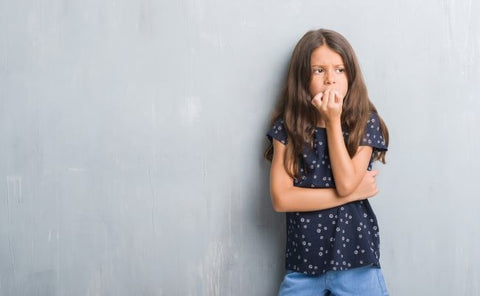
This guided meditation helps to take your child through their very own secret treehouse that they can fill with people and things that make them feel safe and secure. They can return to this secret treehouse whenever they want to to help calm their body and quiet some of the nervousness they feel.
Guided meditation script for kids
Here is a short script that you can modify as needed to take your anxious child through a soothing guided meditation.
Guide: Let’s start by taking some deep breaths. In through your nose, 1, 2, 3, 4. And out through your mouth, 1, 2, 3, 4. [Repeat the breathing cycle as many times as you like.]
Close your eyes, and as we breathe slowly in and out together, I want you to pay special attention to how your body feels. Let’s start at the very top of your head. What can you feel? Can you feel the wind blowing against your hair? Can you feel the sun, or the cold?
Now let’s move down to the tip of your nose. How does your nose feel about the temperature? Can you smell anything? Notice the smells and the sensations happening in your nose.
[Repeat these steps at the heart, the belly, and the feet, asking your child to notice similar, relevant sensations.]
Now let’s move down to the very bottom of your feet. And in your imagination, feel your feet walking along a forest path. What does the ground underneath your feet feel like? What sounds can you hear in this forest? Can you smell the flowers, and the trees? What does your forest look like?
Walking through your forest, continuing to breathe in and out, know that this forest was planted especially for you, and all the animals and plants that live here love you and want to keep you safe. If you see something here that you don’t like, you can change it. You can plant new flowers, or invite animals and people you like to come be in your forest with you.
Who are you inviting in? What new plants are you planting? How do these new plants and animals change your forest?
[If it’s helpful, allow your child to explore their forest silently and give them time to be here and make it as safe a place for them as can be.]
Now it’s time to say goodbye to your forest. Wave goodbye or give hugs to the plants and animals that keep you safe here. Walk back along your path and come back to the room we’re in now. But know that whenever you want, you can close your eyes and come back.
Final thoughts: guided meditations for kids with anxiety
There is no one thing you can do that will alleviate child anxiety completely. But guided meditations can be a wonderful and accessible aspect of a larger strategy that gives your kid tools to regulate and manage their own anxious feelings. Feel welcomed to do some experimenting with the types of meditations we listed to see what works best for your child. Working together, you can find a way to help your anxious kid feel safe and in control.
Does your child need help controlling their anger and other strong emotions? We have some advice.

